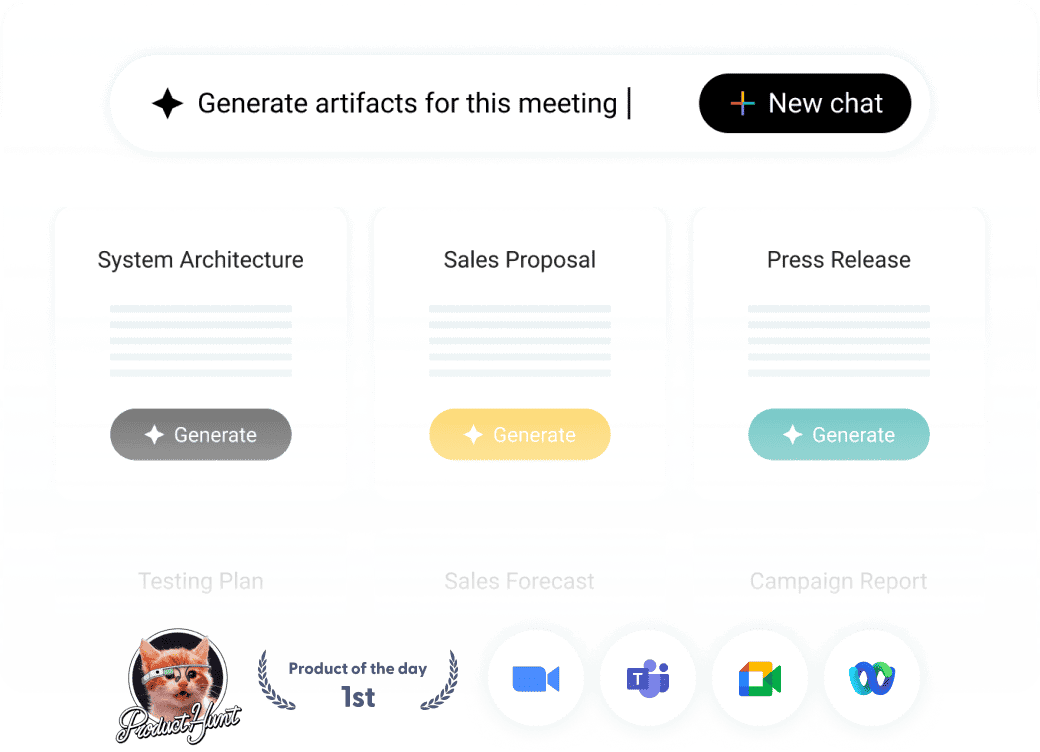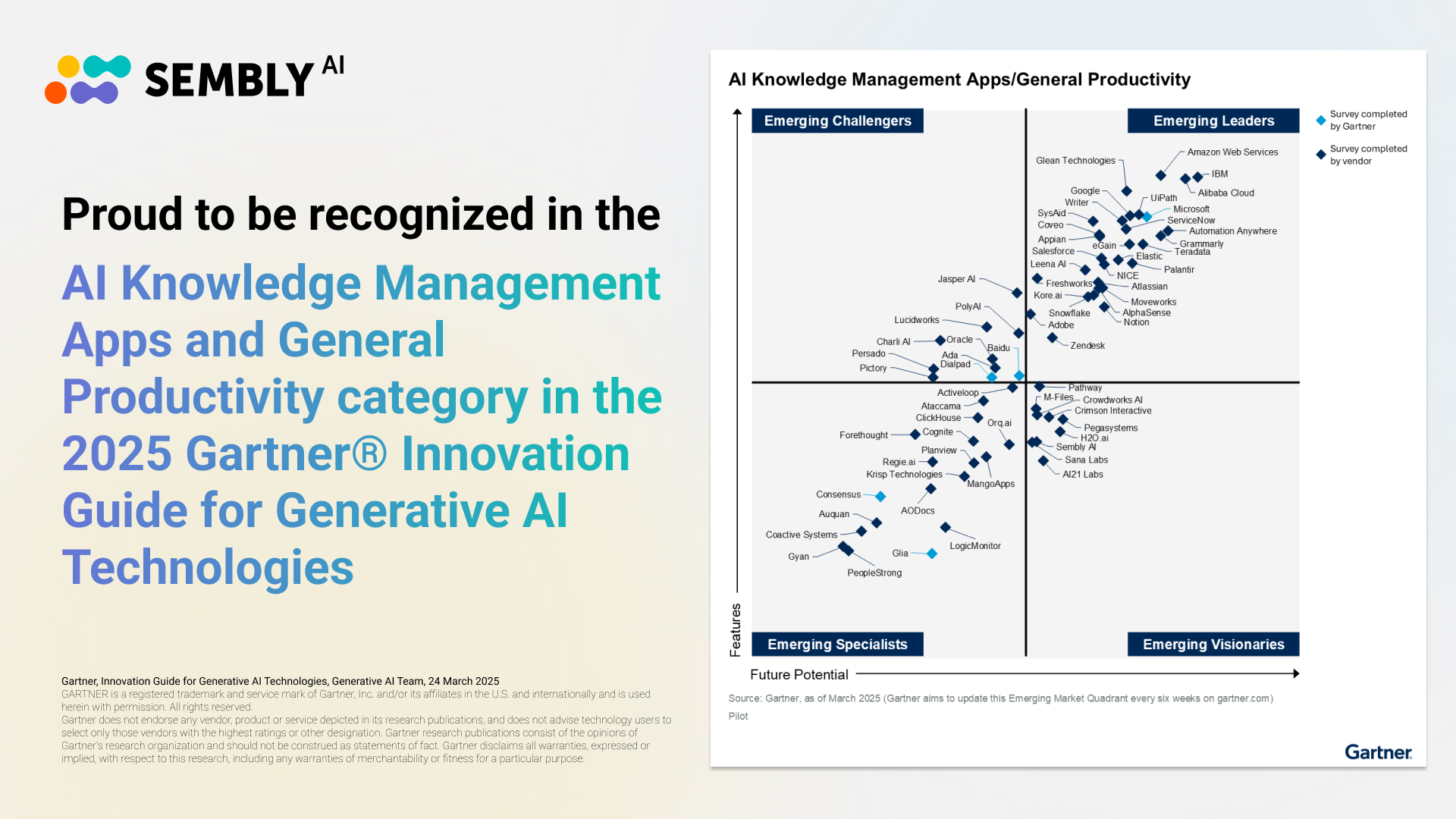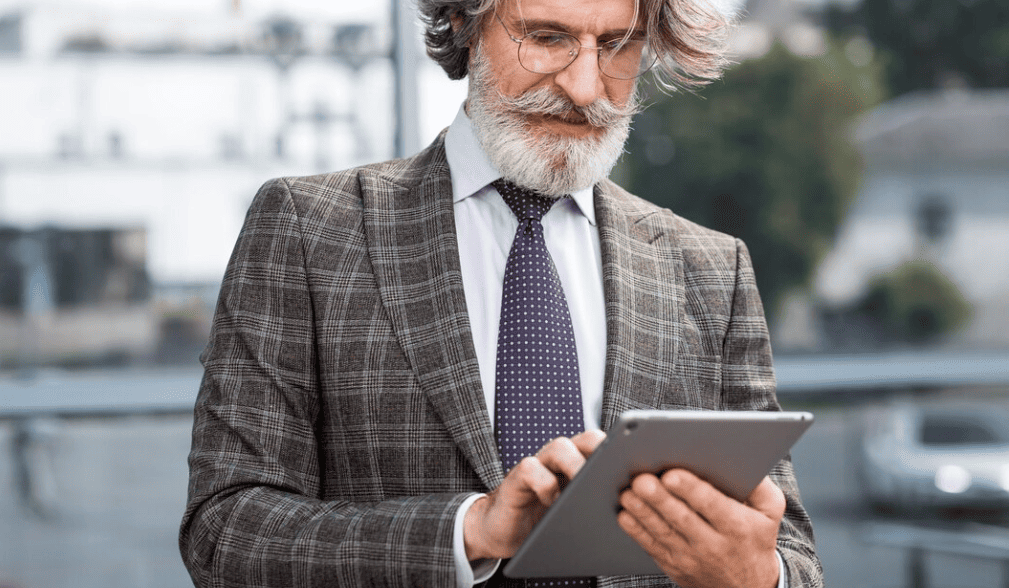Table of Contents
ToggleRecently updated on February 26th, 2025
Setting proper team goals has always been essential to achieving success, and nothing has really changed in 2025. It may seem that this topic doesn’t require much to explain when looking at it with a cursory glance, but once you dive deeper into it, you reveal that team goal setting is much more challenging than you thought. The effective process of goal-setting involves much more than just choosing the right targets. It requires a structured approach to the whole team collaboration process and increased attention to detail throughout this process. And today, we will try to understand these processes better. So, without further ado, let’s go!
What Are Team Goals?
Let’s begin by defining team goals while keeping things as simple as possible. In the context of today’s subject, a goal is a specific target or outcome that one aims to achieve. A goal is a clear direction; it guides efforts and actions toward a desired result. Goals are typically specific, measurable, and time-bound, especially in any form of working/business relationship. A goal helps to focus attention, prioritize tasks, and motivate individuals or groups of people to work toward achieving something meaningful and valuable.
Definition of Team Goals
Small disclaimer: In this article, we use the terms team goals and group goals interchangeably, as in our context, they mean practically the same.
In contrast to individual goals, team goals involve specific targets or outcomes that a group aims to achieve by collaborating together. In working and business relationships, teamwork goals focus on collective effort and shared responsibilities. Team-specific goals align with the business mission and organizational goals and require effective communication and coordination among team members.
Another definition that may come in handy in today’s article is SMART goals (exactly capitalized). SMART goals are a concept used to quickly distinguish effective team goals from ineffective ones. A SMART goal is a specific, measurable, achievable, relevant, and time-bound objective. This framework will be applied later to help ensure that goals are clear and reachable.
What Is the Purpose of Team Goals?
Any group goals, when set properly, serve several purposes:
- Providing clear direction for the team, just as mentioned above;
- Aligning individual efforts with the team’s objectives;
- Ensuring everyone is working toward the same target;
- Promoting collaboration, communication, and teamwork;
- Measuring work progress and success effectively and accurately;
- Focusing the team’s energy on high-priority tasks;
- Fostering a sense of achievement and satisfaction;
- Supporting personal and professional growth of team members;
- Enhancing the team’s ability to adapt to changes and challenges.
What Are the Types of Team Goals?
We previously briefly mentioned that there are some types of goals. Understanding them helps set clear, organized, and effective team objectives. First, we need to define criteria for dividing goals into separate groups.
Divided by Time Frame:
- Short-term goals: Achievable within a short period, such as days, weeks, or at most a few months;
- Long-term goals: Set for an extended period, usually spanning several months to years;
Divided by Focus:
- Outcome goals: Centered on the end result or specific achievements, like increasing sales by 20%;
- Process goals: Focused on the actions or processes necessary to achieve a particular result (e.g., implementing daily/weekly team meetings or implementing the practice of recording teams meetings for a certain period);
Divided by Nature:
- Performance goals: Aimed at improving performance, like enhancing productivity or work quality;
- Development goals: Focused on growth and learning, such as acquiring new skills or gaining certifications for personal development;
Divided by Complexity:
- Simple goals: Straightforward and quite easy to measure, for instance, completing an individual task;
- Complex goals: Involve multiple steps or factors, such as launching a new product.
Divided by Priority:
- Primary goals: High-priority targets that are vital for the overall project success;
- Secondary goals: Less critical objectives compared to primary goals (typically cover side activities).
Steps to Setting Efficient Team Goals
Now, when we are finished with the theoretical part, let’s see how it works in practice. Any goal-setting process can be easily divided into several essential steps. Here is an example of a team goals setting process.
Identifying the Purpose
Right after assessing your team’s strengths and weaknesses (an obvious beginning of any goal-setting process), understand the purpose of the goals for your team. Make clear how these goals align with the business goals and mission. Knowing the purpose ensures the goals are relevant and meaningful, providing clear direction for the team’s efforts.
Involve the Team
Engaging all team members in the goal-setting process is typically a good practice. By doing so, you promote buy-in and ensure that everyone feels invested in the outcomes. A collaborative approach to group goal setting encourages diverse perspectives and fosters a sense of shared responsibility.
Define SMART Goals
The SMART goals concept is actually a great way to confirm that you have chosen the right goals. Having specific, measurable, achievable, relevant, and time-bound goals is almost a synonym for having effective goals. With the SMART framework, you can create clear and attainable targets and, therefore, make tracking progress and measuring success easier.
Break Down Big Goals into Small Tasks
Divide larger goals into smaller, manageable tasks, each with a clear scope. If needed, build a multi-level structure of collective goals consisting of a wide range of personal goals. This division makes the goals more manageable and helps maintain momentum. Assign specific tasks to team members based on their skills and strengths to ensure efficient execution.
Set Clear Deadlines
After establishing the right structure for your goals, set clear deadlines for each goal and task, regardless of their scope and time frame. Deadlines typically provide a sense of urgency and help keep the team focused, so they can come in handy. At the same time, timelines should remain realistic to avoid unnecessary pressure and burnout. In the case you want to set performance goals, also define clear key performance indicators at this stage.
Assign Roles and Responsibilities
After defining goals’ scope, structure, and deadlines, the next (and last thing really needed to set the goal) that should be defined is each team member’s role and responsibility in achieving them. This step is important for preventing confusion and ensuring that everyone knows what’s expected of them. Clear roles also help in accountability and progress tracking.
At this point, if you’ve done all the steps correctly, you have everything you need to set good team goals your collective actually needs. However, there are still several steps you should remember about.
Communicate Regularly
Maintain regular communication within the team about progress toward the goal. You can do this through meetings, updates, or collaborative tools. Establish clear Google Meet or Zoom rules in the case and communicate regularly to identify any issues from the very early stages of the project and keep everyone aligned.
Monitor Progress
Continuously monitor the team’s progress toward the goals set earlier. Use metrics and benchmarks to assess performance. Regular monitoring allows you to adjust quickly and ensures that your team stays on track.
Provide Feedback and Support
Offer constructive feedback and support to team members throughout the process. Recognize achievements and address challenges promptly. Supportive feedback fosters a continuous improvement culture and a positive work environment.
Review and Reflect
After achieving the goals, review the entire process with the team. Reflect on what worked well and what could potentially be improved. Such a practice helps in learning from experience and improving future team goal setting efforts.

Examples of Team Goals
Here are three effective team goals examples that illustrate different focuses and different outcomes:
Increase sales by 15% in Q3
This goal focuses on boosting revenue in a specific pre-set timeframe. The sales team can achieve this through several ways, such as identifying new leads, improving customer engagement, refining sales pitches, etc. Here, we also have one of the SMART goals examples, as sales should be increased by 15% in Q3, which is quite a specific, measurable, achievable, relevant, and time-bound objective. This clarity of metrics and deadlines helps track progress and maintain momentum.
Reduce Product Defects by 30% in Six Months
For a tech or manufacturing team, reducing defects is vital for maintaining a high product quality. The team can achieve this by implementing stricter quality control measures, improving testing processes, and providing additional training for new team members. Again, this is another candidate for our SMART framework-based team goals examples, as we have a relevant, specific, and measurable goal with clear time frames.
Launch a New Marketing Campaign by the End of Q2
In fact, such team goals examples illustrate the type of goals that, by their structure, consist of an array of individual tasks (e.g., market research, planning, developing a creative strategy, content creation, cross-department coordination, etc.). It’s also an excellent example of a good goal. Setting such clear SMART goals, with milestones and deadlines, ensures the campaign stays on schedule.
Measuring Success and Adjusting Goals
Now, when we’re finished with a detailed description of the process and reinforced it with several teamwork goals examples, let’s talk about the situation when a goal is achieved or almost achieved. How can you know that everything was exactly as planned? What tools can help you with this?
Track Key Metrics and KPIs
Use specific and measurable indicators to track progress, such as key performance indicators (KPIs). This might include sales figures, customer feedback scores, or project milestones. Regularly review these metrics to ensure the team is on track and to provide a clear picture of team performance.
Review and Analyze Data
Compare the actual results with the initial goals. Collect feedback from team members and stakeholders to understand what worked well and what could be improved. Analyze data to identify patterns and areas needing adjustment. Such thorough reviews help assess the effectiveness of the goal-setting process.
Adjust Goals and Business Strategies
Based on your analysis, adjust goals to better align with team capabilities and organizational needs. This step might involve setting new targets, extending deadlines, or changing strategies. Recognize and celebrate achievements to boost morale and motivate the team for future efforts. Adjusting goals ensures continuous improvement and relevance, aiding our goal-setting journey.
Overcoming Challenges in Goal Setting
Lack of Clarity
Challenge: Often, goals are vague or not well-defined.
Solution: You can use the SMART criteria mentioned above to make your goals efficient. Clear goals provide a focused direction for the team, so try to provide as detailed a time, scope, and focus frame as possible, as well as add metrics that will be a сompass for your team.
Unrealistic Expectations
Challenge: Goals are set too high and are unattainable.
Solution: Assess the team’s capabilities and resources precisely before starting with goals. Divide a large goal into a set of realistic and achievable goals to see the big picture. In this vein, setting realistic targets helps to maintain motivation and avoid frustration.
Poor communication
Challenge: Team members are not informed or updated about goals and progress.
Solution: Establish strong communication channels, if needed, Zoom or Google Meet etiquette, and set guidelines for updates. Ensure everyone is on the same page through meetings, emails, or collaborative tools.
Lack of accountability
Challenge: No one is held responsible for achieving the goals.
Solution: Clearly define roles and responsibilities from the very outset of the project. Assign tasks and track progress to ensure accountability.
Resistance to change
Challenge: Team members are hesitant or resistant to new goals or methods.
Solution: Involve the team in the goal-setting process and explain the benefits. Provide support and training to ease the transition and gain buy-in.
Elevate Your Team’s Success Potential Using Sembly
Looking for fresh solutions for your team communication? Elevate your team’s efficiency and productivity with Sembly, a powerful AI-driven tool designed to extract key meeting takeaways. Sembly records, transcribes, and generates meeting minutes and summaries for your Zoom, Google Meet, and Microsoft Teams sessions, allowing you to focus on the discussion while it takes care of the notes. With Sembly, you never miss an important action item, and all your meetings become productive and actionable.
Find out How Sembly Can Aid in Your Goal-Setting Journey
But how can Sembly help you with your company goals? Easily! Connecting Sembly with accurate meeting records and AI-generated summaries has a direct impact on your goal-setting processes. Accurate records combined with clear summaries provide a reliable foundation for reviewing progress and ensuring everyone is aligned with the company objectives. Additionally, Sembly’s ability to integrate with task management tools ensures that action items are captured and followed up on, keeping the team on track and focused on achieving their goals. By using Sembly, your company can maintain clear communication and streamline workflows, driving success with confidence, so don’t hesitate to try Sembly out right now for free!

Final Thoughts
As we saw today, setting effective goals for teams is a form of art. It’s not just about choosing precise targets or assigning tasks; it’s about aligning those tasks and targets with your organization’s broader objectives and ensuring every team member is engaged and accountable. We hope the team goals planning example template we provided today will help you understand what fostering a sense of purpose and direction in any collective is.
By taking a structured step-by-step approach to goal setting, using well-tuned frameworks, such as SMART goals, and leveraging innovative tools, such as Sembly, your team can navigate the challenges, stay adaptable, and finally achieve outstanding results. Setting effective goals for your team is a dynamic process, but with the right strategies and tools in place, your team is definitely well-equipped to succeed.
FAQs
What is the difference between individual goals and goals for groups of people?
Individual goals focus on a person’s specific achievements and responsibilities. In contrast to this, goals for a group require collaboration and aim to achieve a collective outcome.
What are good team goals, and how can I distinguish them from bad ones?
Good goals are always quite clear, specific, and measurable. They align with the organization’s mission and motivate the team. At the same time, bad goals are vague, unrealistic, and lack clear metrics for success tracking.
What steps does goal setting involve?
Goal setting involves understanding your team’s resources and the purpose of goals, identifying objectives, breaking them into actionable steps, assigning responsibilities, and setting deadlines. It also includes tracking progress and adjusting strategies as needed.
How to implement team goals?
Examples of team goals implementation usually include clear communication regarding the goals themselves, assigning roles, and using specific tools to track progress. Regular check-ins and adjustments ensure the team stays on track.
What are team goals examples?
Effective team goals examples include increasing sales by 20% in the next quarter or improving customer satisfaction ratings by 15% over six months. These goals are quite specific and measurable.
What is the SMART goals concept?
SMART goals are specific, measurable, achievable, relevant, and time-bound goals. The SMART group goals examples include, for instance, increasing sales by 20% in the next quarter. This framework helps ensure goals are clear and attainable.
What are the best SMART team goals examples?
SMART team goals examples include increasing website traffic by 25% in six months or reducing customer support response time to under two hours within three months. These goals are clear and measurable and, therefore, SMART.
Introducing Semblian 2.0
- ✦ Multi-Meeting Chats
- ✦ AI Insights
- ✦ AI Artifacts









